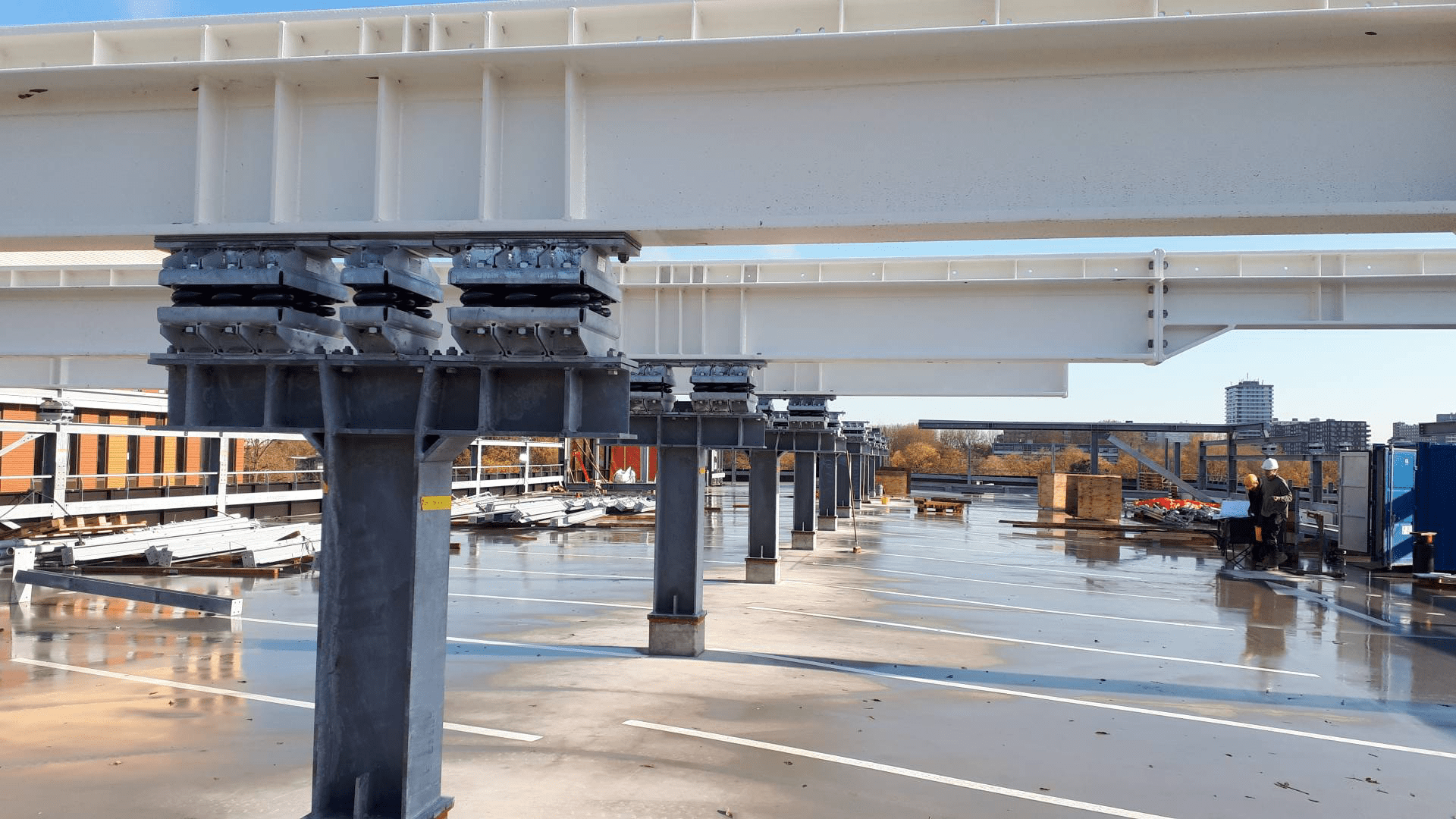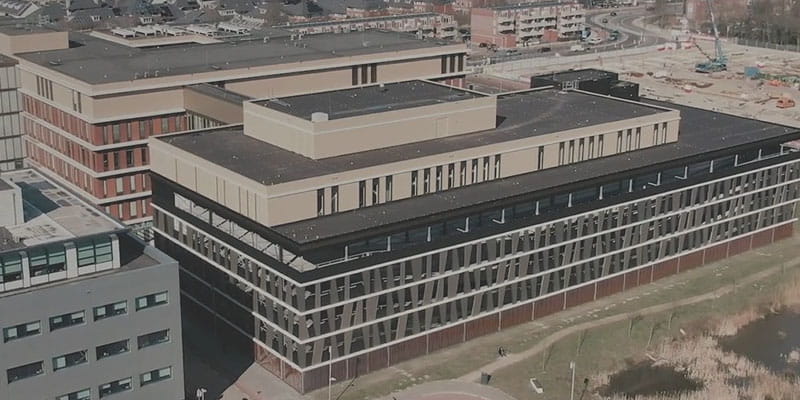Vibration engineering

Our highly experienced team of vibration engineering experts can assess the extent of the vibration, identify the vibration sources and risks and design mitigation measures to ensure the comfort of users and support business continuity.
Industrial vibrations
Vibrations in industrial operations can be concerning for users and disruptive for businesses. This is true of all operations whether they are a medical research lab, a tech company working in quantum computing research and delivery, or a large-scale factory or processing facility.
Whilst all operations will have different tolerances for vibration, these can vary even within a building e.g., an airport baggage handling system must counter the vibrations caused by luggage conveyors to ensure they don’t impact co-located security scanners.
Industrial processes can cause such significant vibrations they can risk invalidating operating guarantees for new machines, and impact production standards.
At the other end of the scale, operations from hospitals to nanotechnology and quantum computing are highly sensitive to vibration. Meaning measures must be taken to eliminate even the tiniest movement – just as the team managed at the Reinier de Graaf Hospital.
Preplanning or existing building vibration assessment
Tasked with assessing the potential impact of vibrations on a new building, housing development or other major scheme, our specialists will carry out extensive modelling and parametric design along with comparisons to existing buildings. This will allow them to identify and assess all possible sources of vibration and how a structure will react to them.
While starting with a blank canvas is ideal, more commonly it is existing buildings that need assessment either due to a change in use or new sources of vibration which could impact them. Combining the team’s extensive experience with on-the-ground measurements allows the team to build a digital model to simulate the impact of vibration and assess available mitigation measures.
Sudden, dangerous, or concerning vibrations can cause major disruption to businesses, so our experts are always on hand in case of unexpected developments or events. Our team will work quickly to assess and analyse the risk, suggesting short term measures to support business continuity whilst a longer-term solution is planned.
Balancing sustainability with vibration control
Sustainability is an increasingly important factor in building design. Materials such as timber have a lower carbon impact but due to their lightweight properties, they can also more susceptible to vibration. Our experts work with colleagues across the business to identify the latest building techniques and materials to reduce carbon footprint whilst remaining within the vibration tolerances for the structure.
In cases where solutions such as concrete slabs or piling are necessary to minimise vibration, our team models, and analyses options to minimise the requirement for these carbon-heavy materials and introduce other measures such as breaks or dampers which will help reduce vibration more sustainably.
The vibration continuum
Our advanced technology and research team is made up of experts in a range of complex and specialist engineering disciplines. Alongside our vibration engineers the team also boasts earthquake and blast and impact engineers meaning that their skills and knowledge cover vibration impact on buildings from the microscopic to the catastrophic.In addition to vibration specialists, our Advanced Technology and Research team includes wind and fluid engineering experts and forensic engineers, whose expertise is at the disposal of the vibration team. With 6,000 Royal HaskoningDHV employees around the globe, the team can also call on colleagues in different regions and specialisms to deliver a comprehensive service to clients and partners.
Think we can help with a vibration challenge? Our experts are here to help.
